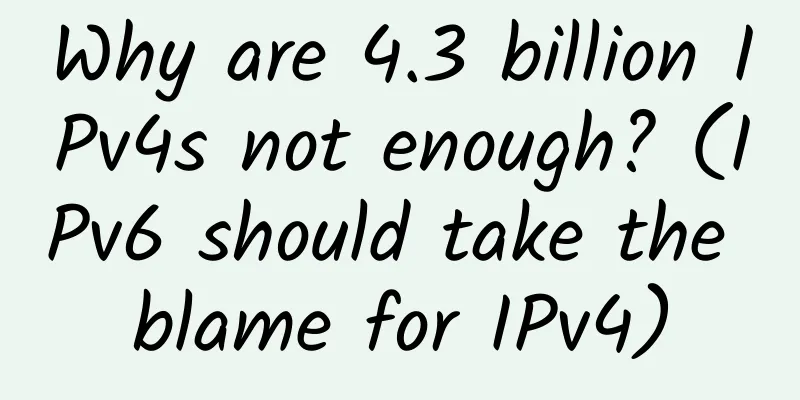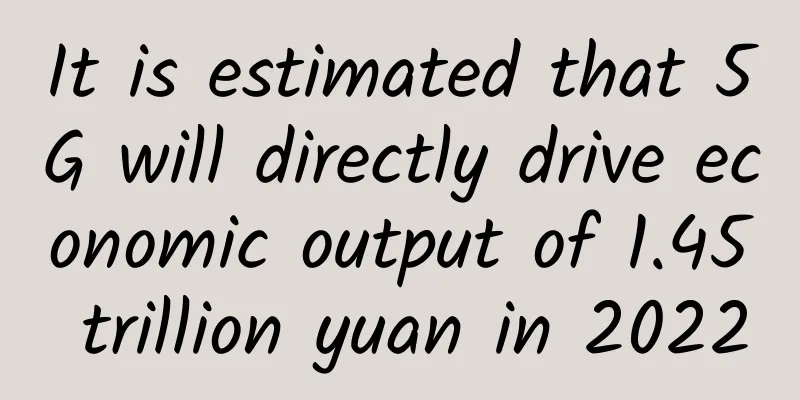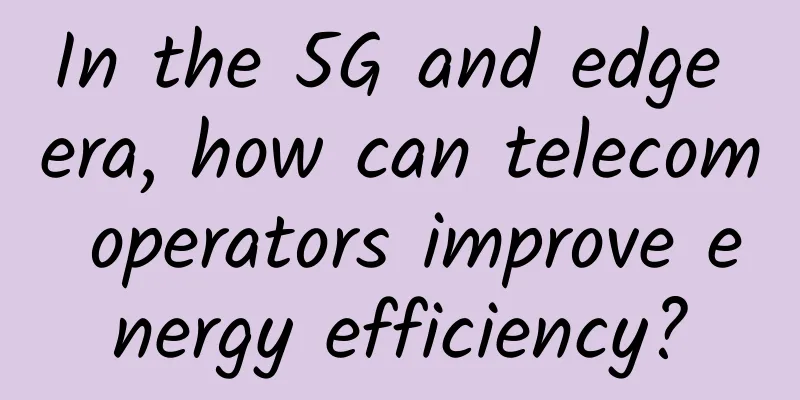Unlocking the full potential of 5G: Innovating with network effects

|
The emergence of 5G technology has aroused people's expectations and excitement. As the industry prepares for change, it’s critical to understand how to fully leverage the potential of 5G. Connecting everything, changing people's lives! Every "G" and technological advancement in the telecommunications industry directly impacts people's lives and provides a catalyst and channel for scalable shared value business and social innovation. Now is the best time to reflect on key trends and transformation areas, with a special focus on (programmable) networks and how to achieve full 5G value through the "four pillars" of design, namely higher performance, sustainability, openness and automation. So, in today’s “Age of Convergence and Integration,” let’s explore what this means for the future of the telecom industry and beyond, including exploring transformation vectors, opportunities for communications service providers (CSPs), and a focus on radio and transport. In other words, it’s time to change the way we think about the network—from focusing solely on network exposed capabilities to combining the network with cloud and artificial intelligence (AI) as the foundational center of innovation for today’s mobile-first world. Transformation VectorCatalysts for business and societal transformation are evolving, accelerating and converging, from energy transition and net zero, to IT/OT convergence, (integration of information technology systems with operational technology) industrial automation, supply chain resiliency, multi-vendor environments, hybrid architectures and the convergence of data, applications and devices, and the increasing diversity, scope, scale and complexity of cybersecurity threats. In the security space alone, the extent and complexity of the challenge is evident, from the rise of nation-state actor and organized crime group (OCG) activity, to the speed of ransomware threats, and the double-edged sword of AI and GenAI. Both can be used to avoid risks; or equally, actually create them, such as the increase in machine learning poisoning seen through large language models (LLMs). Strengthening ecosystem collaboration is a growing trend, as evidenced by Ericsson’s recent $14 billion partnership with AT&T. This is the industry’s largest OpenRAN deal and demonstrates the focus on open network architectures, with the two companies also recently completing their first CloudRAN call. Other change vectors include the cloudification of infrastructure, the shift to horizontal architectures with supplier diversity, and the potential around open interfaces. In addition, the role and impact of legislation comes into focus, from regulatory rules in the field of mobile telecom mergers and acquisitions (M&A) to artificial intelligence and GenAI governance. Specific cost pressures continue to increase rapidly, including high spectrum fees and fundamental data challenges that affect all industries, with data dispersed across on-premises, hybrid and multi-cloud environments. The average annual cost to an organization due to poor data quality is significant. It is clear that even in today’s “AI era”, data remains a differentiator. Leveraging the evolving capabilities of 5G networks to create new value pools will be critical for service providers to achieve profitable growth. Solar thermal power generation machineIn summary, the complex and dynamic landscape will naturally impact CSP business opportunities and the potential to create new value, with Ericsson highlighting four key areas in its Mobile Business Review 2024 report.
As highlighted in the Ericsson Mobility Report, the number of 5G subscriptions has grown to 1.6 billion worldwide, equivalent to 18% of all mobile subscriptions, and CSPs around the world are offering or exploring services and go-to-market models. Today, around 290 5G networks are commercially available, with more than 40 of them serving their customers based on the more advanced 5G standalone technology (5GSA). This ability to deliver high-performance, differentiated networks on 5GSA heralds the next phase of growth, unlocking opportunities for performance-based business models while increasing developer accessibility to network capabilities through open APIs. Looking ahead, in today’s “Age of Convergence”, Ericsson’s research is consistent with broader studies such as Capgemini’s “5G and Beyond”, which highlights the need for effective monetization strategies while reflecting the “cross-cutting themes” of the next wave of 5G – bringing together 5G mobile networks, PN, satellite, NTN and mission-critical communications. This will further expand the network ecosystem’s ability to solve problems in multiple verticals and foster new business opportunities. Radio and transmissionThe ability to optimize innovation and minimize energy consumption? This seems like a perfect combination of environmental, social and governance (ESG) goals and performance. Especially in the context that achieving and demonstrating energy efficiency in the radio access network (RAN) has never been more important, and considering that the majority of energy consumption within telecom networks actually originates from the RAN. A recent study by GSMA Intelligence estimated this to be as high as 80%. The radios are all “hardware ready” to support OpenRAN fronthaul interfaces. The long-range radios (Radio4823, Radio4461HP (high power), Radio8873 and Radio8873HP) are built with the latest Ericsson System-on-Chip (SoC). The new AIR3255 and AIR3284 models are equipped with the next-generation MassiveMIMO SoC for beamforming, full uplink receiver and eCPRI, with more uplink accelerators and higher energy efficiency. It can be seen that the "future network" has been given life - it can be achieved through 3 key steps: 1. Modernization; 2. Industrialization; 3. Transformation. A shift towards a horizontal architecture, i.e. supplier diversity across architectural layers, including radio units. A range of efficiency, sustainability and energy saving tools come to the fore, from fan elimination with passive cooling, to features such as power amplifiers and deep sleep. Altogether, this makes Ericsson’s radio portfolio the most comprehensive and sustainable Open RAN (eCPRI over Packet Fronthaul) radio portfolio in the industry. Materials matter, smaller and lighter means fewer components and therefore lower power consumption. An example is Ericsson’s 32T32 RC band radio, already the lightest and smallest radio in the world, and getting even lighter and smaller! The launch of the AIR3255 is a groundbreaking massive MIMO TDD with a 20% lower carbon footprint while saving 25% energy. Features such as the new low-loss metal filters also come into play here. All in all, this represents a very impressive advance – especially when combined with the network performance advantages brought by Ericsson chips. In addition, the portfolio also provides depth of coverage. For example, if you combine the AIR3255 with the 4486 and 4485 radios, you will get capacity covering 7 frequency layers in a single sector! |
<<: "Vanity" is updated: Huawei's distribution market is booming
>>: Let's talk about 3CC, which is very popular this year
Recommend
How do SD-WAN solutions improve network performance?
In the 2016 National WAN Report survey, responden...
Hosteons adds Las Vegas data center, KVM architecture, free defense, 20% off monthly payment
Last month, Hostons added a Jacksonville data cen...
LOCVPS newly launched Korean KVM, 20% off for all items, 2G memory package starts at 44 yuan per month
LOCVPS (Global Cloud) has released the informatio...
BGPTO Singapore $49/month dedicated server simple test
A few days ago, the blog shared the information t...
Working principles of physical layer/data link layer/network layer
[[279942]] Physical Layer Physical layer equipmen...
5G era: Will WiFi disappear from people’s lives?
WiFi has gradually penetrated into our daily live...
Is the future of the new WIFI standard 802.11ad reliable?
Now there is a new WIFI standard that can increas...
Security and Reliability of Critical Infrastructure Fiber Optic Networks
Figure 1: Growing Asia Pacific fiber optic market...
Σco Time | Huawei releases iSitePower intelligent site energy to accelerate industry digitalization
[51CTO.com original article] Since the outbreak o...
From the user's perspective: the battle between Ethernet color light and PON
The park is the "central battlefield" f...
HostXen offers 50 yuan for new users, 50 yuan for old users who charge 300 yuan, and monthly payment for 6G memory package starts from 70 yuan
HostXen launched its first promotion after the Lu...
Huawei's Hu Houkun: Make Hongmeng and Euler into important social resources
On November 20, the 2021 China 5G+ Industrial Int...
Can the heavy fine on Alibaba serve as a wake-up call for the Internet giant?
The State Administration for Market Regulation ha...
Say goodbye to manual operations! Use Ansible user module to efficiently manage Linux accounts
In an enterprise operation and maintenance enviro...
ColoCrossing US VPS 50% off/Bare Metal Cloud 35% off, $1.97/month-1GB/25G SSD/20TB@1Gbps
ColoCrossing Easter promotion has started, with 5...









